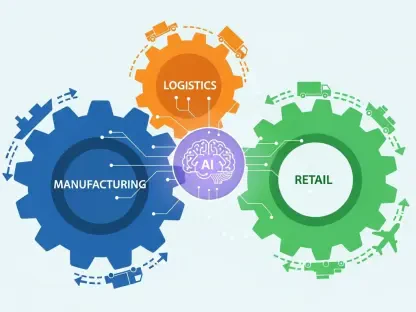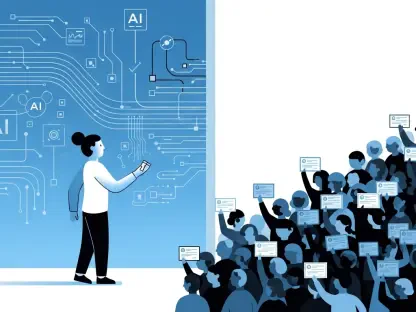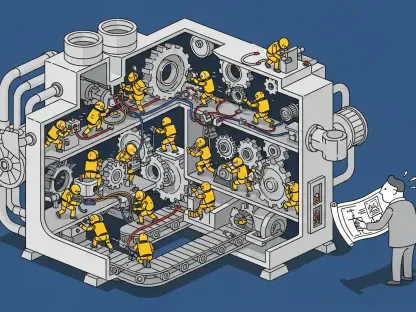In today’s world, where technology is becoming increasingly intertwined with everyday life, the ability for non-experts to train and interact with robots presents a significant advancement. MIT engineers have introduced a groundbreaking tool that empowers individuals without technical expertise to train robots, revolutionizing human-robot collaboration. This development overcomes traditional barriers by using “learning from demonstration” (LfD), enabling robots to learn from demonstrations rather than coding.
Context and Importance
Robotics has long held the promise of transforming industries by enhancing productivity and efficiency. However, conventional training and programming methods require technical expertise that limits robot accessibility to a narrow group of users. This new tool, developed at MIT, is part of a larger movement aiming toward the democratization of robotics, allowing more people to leverage these technologies effectively. This innovation comes at a time when industries are increasingly relying on collaborative robots, or “cobots,” designed to work alongside humans, enhancing capabilities in manufacturing, healthcare, and domestic settings.
Methodology, Findings, and Practical Implications
Methodology
The MIT team developed a versatile demonstration interface (VDI), which integrates with various collaborative robotic arms. This interface utilizes three distinct training approaches: teleoperation, kinesthetic training, and natural teaching. Teleoperation involves remote control, kinesthetic allows physical manipulation, and natural teaching lets robots observe and learn from human task performances. The tool’s design caters to users with diverse levels of experience, enabling flexible training methods suited to different environments and tasks.
Findings
Testing with volunteers from the manufacturing sector highlighted the versatility and effectiveness of each training method. Natural teaching emerged as the preferred approach owing to its intuitiveness, although distinct situations favored other methods. For instance, teleoperation proved valuable in hazardous scenarios by maintaining safety through distance, while kinesthetic training proved efficient for tasks needing precise adjustments. The diverse applicability suggests the tool’s potential to merge seamlessly into various sectors.
Practical Implications
The introduction of MIT’s tool potentially revolutionizes robot training by accommodating varied user bases and application contexts, emphasizing the shift toward more accessible and intuitive methodologies. This tool bridges the gap between expert and novice users, suggesting impactful changes in industries where collaborative robots operate. Furthermore, the tool’s potential extends beyond manufacturing into arenas like healthcare and home environments, where adaptable robot training can significantly affect human-robot interaction, ultimately promoting better integration of technology into daily life.
Reflection and Future Exploration
Reflection
The journey of developing the VDI was not without its challenges. The team had to ensure the interface’s adaptability across different robotic arms and task types, balancing ease of use with sophisticated functionality. Feedback from users has been critical in refining the tool, emphasizing natural teaching while further enhancing the other methods. These efforts underscore the commitment to creating a tool that meets diverse user needs while maintaining technological rigor.
Future Exploration
Future research could explore optimizing the interface’s algorithms to enhance the learning speed and accuracy of robots. Additionally, expanding the interface’s applications into more complex domains such as caregiving or intricate manufacturing could yield informative insights. Addressing remaining unanswered questions about cross-industry adaptability and collaborative intelligence between multiple robotic entities represents exciting opportunities for further investigation.
Summarizing the Findings
The development of MIT’s demonstration interface introduces a significant leap in making robots more accessible and user-friendly, reducing reliance on technical expertise for robot training. This tool’s capacity to benefit various application contexts illustrates its transformative potential in the collaborative robotics domain. Looking forward, the continued refinement and expansion of this interface into new areas can further integrate robotics into society, empowering a wider range of users to harness robotic capabilities effectively and safely.









